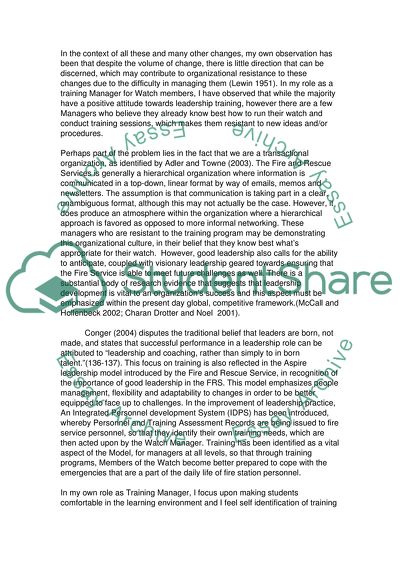Cite this document
(People Management and Leading Change in the Fire and Rescue Services Essay, n.d.)
People Management and Leading Change in the Fire and Rescue Services Essay. Retrieved from https://studentshare.org/human-resources/1710500-people-managementleading-change
People Management and Leading Change in the Fire and Rescue Services Essay. Retrieved from https://studentshare.org/human-resources/1710500-people-managementleading-change
(People Management and Leading Change in the Fire and Rescue Services Essay)
People Management and Leading Change in the Fire and Rescue Services Essay. https://studentshare.org/human-resources/1710500-people-managementleading-change.
People Management and Leading Change in the Fire and Rescue Services Essay. https://studentshare.org/human-resources/1710500-people-managementleading-change.
“People Management and Leading Change in the Fire and Rescue Services Essay”, n.d. https://studentshare.org/human-resources/1710500-people-managementleading-change.


